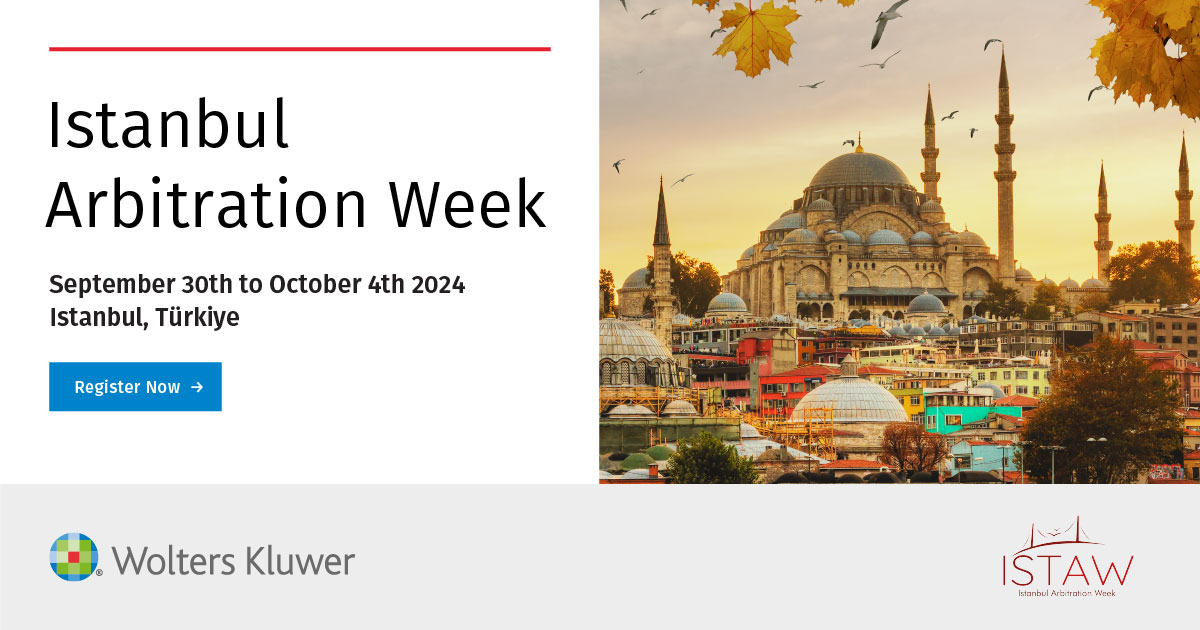As the end of the Year of the Dog approaches, we look back at five noteworthy developments in the arbitration world in PR China, Hong Kong and Central Asia and their coverage on our Blog.
1. New HKIAC Arbitration Rules and the Prominence of Hong Kong as an Arbitral Seat
Hong Kong International Arbitration Centre (“HKIAC“) introduced its new Administered Arbitration Rules, which came into force on 1 November 2018 during HK Arbitration Week. These revisions were eagerly anticipated and reflected HKIAC’s insights into the latest trends and next innovation in international arbitration. Joe Liu, Deputy Secretary General of HKIAC, wrote a succinct summary of the revisions on our Blog.
Hong Kong also continued as one of the world’s leading arbitration hubs. In the Queen Mary University of London 2018 International Arbitration Survey, Hong Kong remained one of the five most preferred seats of arbitration globally.
Part of Hong Kong’s appeal as an arbitral seat, of course, lies in its pro-arbitration legislative regime. One of the hot topics in 2018 was the discussion on the effect and scope of third party funding legislation in Hong Kong. In particular, our contributors discussed disclosure obligations and potential pitfalls when dealing with third-party funding.
Discussions on arbitration issues in Hong Kong would inevitably bring up comparisons with Singapore – one contributor discussed this right before the Opening of the Legal Year in Singapore. An anticipated development in is the expected signing of the Singapore Mediation Convention on 7 August 2019.
2. First Emergency Arbitrator and New International Commercial Courts in China
China saw its first emergency arbitrator (“EA”) procedures under Beijing Arbitration Commission in PR China in 2018. Our Blog was the first to report on this with reflections by the emergency arbitrator himself on the conduct of the EA proceedings. This was a positive development and entirely in line with our expectation of increasing numbers of EA procedures in the upcoming year. Additional commentators also wrote on what a practice note on EA procedures should likely contain.
Further, there was talk about whether China’s new international commercial court would replace arbitration as a preferred dispute resolution forum for Belt-Road disputes. Our Blog published articles from contributors which provided clarifications on what the commercial courts actually are and analysed difficulties in choosing the commercial courts.
In 2019, we expect more developments regarding enforcement of international arbitral awards in China. Official statistics continue to be hard to come by notwithstanding the demand from arbitration users, but we hope to broaden the dialogue on this topic during the course of 2019.
3. Belt-Road Arbitrations in Europe, Africa and Latin America
China’s Belt-Road Initiative continued to be a hot topic in discussions on China-related arbitration topics. The main difference in 2018 was that we saw such discussions from other parts of the world – from Europe, Africa, North America to Latin America.
For example, a contributor discussed the implications of Belt-Road arbitration in Eurasia. Arbitral institutions also got on board: CIETAC (HK)’s Managing Counsel wrote about CIETAC opening its second arbitration centre outside mainland China in Vancouver, Canada; our Blog interviewed the CEO of China Africa Joint Arbitration Centre; ICC created the Belt and Road Commission in January 2018; and HKIAC announced a similar Belt and Road Programme in April 2018.
4. Live Coverage of HK Arbitration Week 2018
For the first time, our Blog gave real-time coverage of HK Arbitration Week this year with event reports and analyses from our contributors in the same week.
HK Arbitration Week has always been a highly anticipated event in the arbitration event calendar for the quality of the events. Our contributors wrote on efficiency in international arbitration proceedings for Asian users; how arbitration can be made fit for the future; how the vision of arbitration should be revised; and how the new HKIAC Rules may help in resolving IPP project disputes.
We enjoyed having each of you share in the events and insights virtually and look forward to reprising this coverage for HK Arbitration Week in 2019.
5. Central Asia and the Rise of the Astana International Arbitration Centre
With regard to Central Asia, our Blog discussed the new arbitration rules of Astana International Arbitration Centre. We think the lesser lights shone on arbitration in Central Asia in our Blog coverage do not reflect the obvious potential and reality of arbitrations involving Central Asia and we look forward to watching, and continuing to cover, developments in the region.
Finally, we thank you readers, contributors, Permanent Contributors, and affiliates for your fantastic support of our Blog.
________________________
To make sure you do not miss out on regular updates from the Kluwer Arbitration Blog, please subscribe here. To submit a proposal for a blog post, please consult our Editorial Guidelines.


